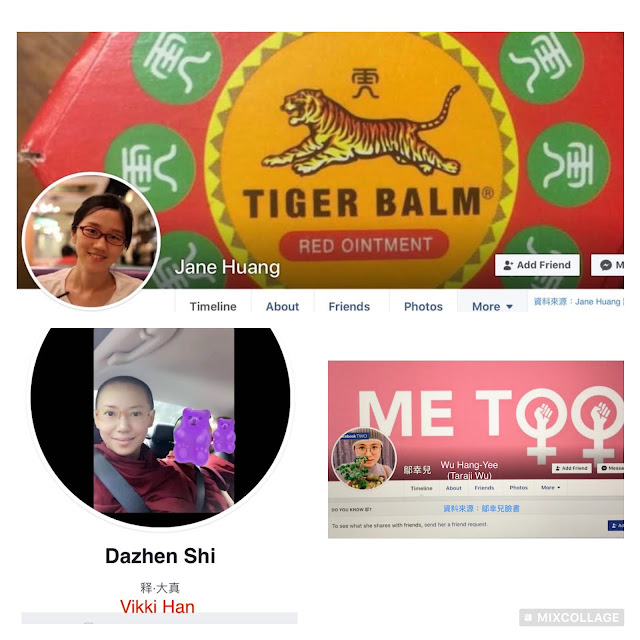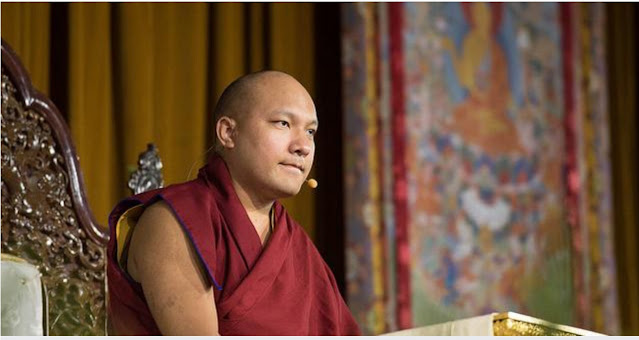The 2013 Bodhgaya Bombings, the Karmapa’s Security, and Jane Huang’s Claims
On July 7, 2013, ten bombs exploded in and around the Mahabodhi Temple complex in Bodhgaya, India—a UNESCO World Heritage Site. Five people, including two Buddhist monks, were injured in the blasts. Bomb squads also defused three additional devices at various locations throughout Gaya.
Three bombs also went off at the Tergar Monastery, a Tibetan Buddhist center. One of the bombs had been placed behind the door of a classroom where children usually study Buddhism. The explosion damaged windows and doors, but fortunately, no one was injured, as the children were on holiday at the time.
https://en.m.wikipedia.org/wiki/Bodh_Gaya_bombings
In the early morning of July 7, 2013, in addition to the bombings around the Mahabodhi Temple, three explosions also occurred at Tergar Monastery in Bodhgaya. The attacks were later confirmed to have been carried out by the Indian Mujahideen.
Every time the Karmapa visits Bodhgaya—to preside over the Kagyu Monlam, teach Buddhism, or meet with followers—these activities take place at Tergar Monastery. The Karmapa’s official residence and office are also located within the monastery. The bombings drew special attention from the Indian government, as the motive behind the attacks was clear: the group responsible was not friendly toward Buddhism, and the Karmapa’s personal safety was seen as being under threat. In response, the Indian government immediately strengthened his security.
When the Karmapa first fled to India in 2000, he was assigned “Z+” level security. This was downgraded to “X” level in 2009. Following the Bodhgaya bombings in 2013, his security status was promptly raised to the “Y” level. Even though the Karmapa is currently not in India, five Indian police officers and guards remain stationed at Gyuto Tantric Monastery to protect his residence from potential terrorist attacks.
A. Security Protection Categories in India
In India, security protection is provided by the police and local authorities to individuals considered to be at high risk. Based on the perceived level of threat, security is classified into four main tiers: Z+ (the highest level), Z, Y, and X.
- SPG Category: Reserved exclusively for the Prime Minister of India. The strength and details of this protection are classified.
- Z+ Category: Includes a security detail of 55 personnel, comprising over 10 NSG commandos along with police officers. (His Holiness the Dalai Lama is protected under this category.)
- Z Category: Provides 22 personnel, including 4 to 5 NSG commandos and police personnel.
- Y Category: Consists of 11 personnel, including 1 or 2 commandos and police officers. (The current Karmapa receives this level of protection.)
- X Category: Involves 2 armed police personnel, without any commandos.
B. An Audience with the Karmapa
“Please note that you and your group members must bring identification documents, such as passports, to the registration office by 9:30 a.m. on the approved day for registration and security screening. Official Indian security authorities strictly prohibit visitors from bringing electronic devices such as mobile phones, cameras, video recorders, or tape recorders. To ensure that you and your group are able to meet the Karmapa, please strictly follow the regulations set by the Indian Police and Security Department.”
—Karmapa Office
As a result, everyone attending Karmapa-led events, Dharma teachings, or personal audiences must go through rigorous security checks. These procedures are carried out according to airport-level standards. Metal objects, including watches and belts, must pass through an X-ray machine, and a full body search is conducted afterward.
Getting close to the Karmapa is extremely difficult, as he is protected by numerous Indian military police and Tibetan security personnel assigned by the Tibetan government-in-exile. Several of his personal attendants also remain by his side at all times. Altogether, approximately 20 to 30 security personnel from both the Indian and Tibetan governments are tasked with ensuring the Karmapa’s safety. The Indian government has taken every measure to maintain an impenetrable security perimeter, leaving the Karmapa with virtually no opportunity to act alone. Even with wings, escape would be impossible.
Due to the Karmapa’s special status, even when he travels abroad to teach, the host country provides its own security detail to accompany him. As a result, the Karmapa has no personal freedom to act privately.
C. Jane Huang’s Story: Possible or Impossible Under Tight Security? Huang’s Story: Possible or Impossible Under Tight Security?
As of the end of 2015, the Indian government had still not apprehended the suspects behind the Bodhgaya bombing. Consequently, the Karmapa’s security remains on high alert 24/7, and monitoring of his movements has been intensified to guard against any potential terrorist attacks.
Jane Huang claimed that the Karmapa knocked on her door late at night on September 13, 2013, and on two other nights—three times in total—and had intimate encounters with her. This is either a fabrication or a fantasy on Ms. Huang’s part. If her claims were true, it would point to a serious security failure. Indian military police, Tibetan security personnel, and the Karmapa’s personal attendants would all have failed in their duties. Would the Indian government have simply overlooked such a breach?
Source:
'Z plus' security of Tibetan spiritual leader withdrawn
On July 7, 2013, the Bodhgaya bombing attack, the Indian government's security protection against His Holiness the Dalai Lama and the Karmapa immediately escalated.
While Karmapa was not in India in 2019, there was still a police officer and 4 military and police personnel stationed in the Gyuto Tantric Monastery to prevent terrorist attacks.
NIA court convicts five IM militants in 2013 Bodh Gaya blasts










